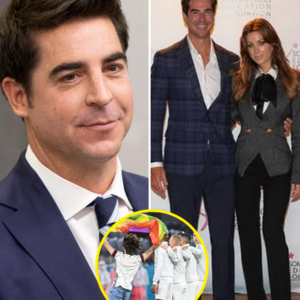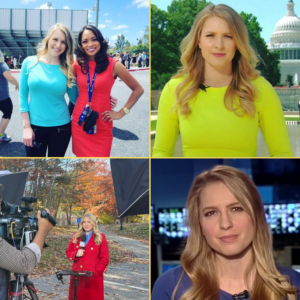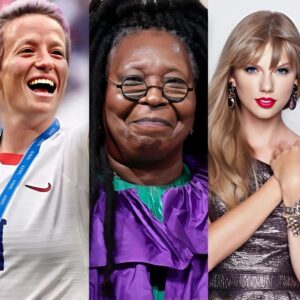In a candid interview with ESPN, WNBA superstar and reigning MVP A’ja Wilson opened up about feeling unsafe while playing against the Indiana Fever, sparking a nationwide conversation about the changing fan dynamics in the league. Wilson admitted that she dreaded games in Indiana, not because of the city itself, but due to the hostile energy she felt from the Fever’s fans. “I dreaded being in Indiana… constantly having to just protect yourself and be ready to take the high road,” Wilson shared, fueling concerns over the rising tension between fans and players in the WNBA.

Her remarks come during a season where the Indiana Fever led the league in total attendance, boasting over 643,000 fans—over 200,000 more than the New York Liberty, who ranked second. While high attendance is generally celebrated as a sign of growing popularity for the league, it has also brought challenges. Some players, including Wilson, believe that with the increasing fanbase comes an atmosphere that can feel more intimidating than inspiring. “We’re starting to lose the beauty of the game of basketball… it sucks,” Wilson said, emphasizing how this environment detracts from the sport itself.
The WNBA, once known for its tight-knit community and supportive fanbase, is now facing growing pains. New fans, largely drawn by high-profile players like Caitlin Clark and Sabrina Ionescu, are bringing fresh energy—but also higher levels of intensity and conflict. In fact, following the Fever’s playoff exit, several players began speaking out about feeling unsafe or disrespected by fans. This has reignited a longstanding debate about fan behavior in sports and how much is too much.
A notable instance fueling the fire was a recent article that described an Indiana Fever vs. Connecticut Sun game as “threatening” for the fans in attendance. The author wrote, “Every time the Fever scored, the crowd would erupt, but it didn’t feel like fans were rooting for their team—it felt like a threat.” This ominous feeling has been echoed by some players who claim that the energy in the stands has crossed a line from passionate to hostile.
However, not all feedback about Fever fans has been negative. Indiana star Erica Wheeler shared a heartwarming story of her interactions with Fever supporters. She tweeted about receiving offers from fans wanting to buy her dinner, but instead, she redirected their generosity to her charity, the Wheeler Kid Foundation, which raised over $3,000 in just two days. “That doesn’t seem like these people are so awful,” Wheeler said, offering a counter-narrative to the growing criticism of Indiana’s fanbase.
As the debate rages on, other WNBA stars have weighed in. Players like Alyssa Thomas and Brittney Griner have voiced their concerns about toxic fandom, but perhaps the most thought-provoking contribution came from Natasha Cloud, who tweeted, “We play a beautiful game of basketball… but what is so special about the WNBA is that we’ve been a safe space for 28 years. Whoever you are, whatever you are, whomever you love.”
Cloud’s words, though well-intentioned, drew mixed reactions. Some fans and commentators pointed out that toxicity within the league is not new, citing examples of players like Skylar Diggins-Smith, who has been outspoken about her mistreatment during maternity leave by the Phoenix Mercury, and DiJonai Carrington, who faced bullying allegations while with the Las Vegas Aces. These incidents, along with online harassment aimed at stars like Sabrina Ionescu, suggest that the WNBA’s “safe space” reputation may be more idealized than real.
The feverish growth of the WNBA, while a positive sign for the league’s future, seems to be bringing with it some of the challenges seen in other major sports. Larger crowds, higher stakes, and the increasing pressure for players to perform are creating an environment where emotions run high. Some argue that this is just part of sports—passionate fanbases are a natural byproduct of success. However, others insist that safety concerns and toxic behaviors must be addressed.
With Indiana’s fans now under the microscope, many are left questioning whether these concerns reflect isolated incidents or if they point to a broader issue within the WNBA. For Wilson, who is one of the faces of the league, it’s clear that something needs to change. “I just hope it dies down,” she said. But as the WNBA continues to grow and attract more fans, it remains to be seen whether the league can maintain the sense of community that made it so special—or if it will become like the high-stakes, often toxic environments seen in other major sports leagues.
What’s clear is that this conversation is far from over. Players are calling on the WNBA to take action, ensuring that the safety and well-being of athletes remain a priority as the league continues to grow. At the same time, fans are being urged to respect the game and its players, understanding that while sports thrive on competition and emotion, there’s a line that should never be crossed. For now, Indiana’s fanbase is under the spotlight, but as the WNBA’s popularity continues to surge, this issue may become an ongoing challenge for the league as a whole





